 Abraham Lincoln
If given the truth, the people can be depended upon to meet any national crisis...
Abraham Lincoln
If given the truth, the people can be depended upon to meet any national crisis...
 Guildford news...
for Guildford people, brought to you by Guildford reporters - Guildford's own news service
Guildford news...
for Guildford people, brought to you by Guildford reporters - Guildford's own news service
Birdwatcher’s Diary No.217
Published on: 5 Oct, 2020
Updated on: 5 Oct, 2020
By Malcolm Fincham
A mostly settled last few weeks of September gave me enough time, despite daylight hours getting increasingly shorter, for a few ventures around the Surrey and Hampshire countryside doing my best to get up-to-date photos of what I might see.
Although I missed out on the brief appearance of a wryneck at Shackleford, as well as a glossy ibis that made a visit to Tice’s Meadow, near Tongham.
On the whole it had already been a pretty good year. However, I was able to add a few more sightings to my year’s listings before September was over.
The first of which was a short-toed lark, a bird I seen for the first time only last year on Tresco, while visiting the Scilly Isles.
September 19 brought with it an early morning sighting by Ed Stubbs.
Amazingly he had picked it out among a group of skylarks as it fed in a recently ploughed field in Shackleford.
It was indeed a great find by the young birdwatcher, and only the second recorded in Surrey. The previous one was on April 24, 1966 at Beddington Farmlands.
Due to other commitments, I was unable to get there until the following day. Although my photos were not that inspiring, I was quite impressed by its markings as I watched it through a scope.
A few days later I had another new sighting, and a bird I had missed out on when they arrived in the spring.
The ring ouzel is a summer migrant to the UK, visiting to breed in upland areas such as Scotland and northern England, where they inhabit open moorland and crags at high altitudes.
In the autumn, ring ouzels migrates to their wintering grounds in the mountains of Morocco and Tunisia, in north-western Africa.
At least two had been sighted hanging about with several similar looking blackbirds, feeding in a rowan tree near to the cricket pitch at Coldharbour, near Leith Hill.
On September 27, as the reasonable spell of weather continued, I was tempted out on a trip to Farlington Marshes, in the company of good pals, Bob and Dougal.
Although dull and overcast in Guildford, just an hour down the A3, near Portsmouth the sun was shining for the most part along the Hampshire coast. It was another good opportunity to add a few more species to our year’s sightings.
The first was a great white egret. Although distant to view, it was easily identifiable by its size and its yellow bill.
It made up for missing out on the one that had made several visits to “Tice’s” earlier in the month.
Plenty of little egrets were present, their black bills and smaller size were quite comparable.
On an area known as “the deeps”, a grey phalarope could be viewed. Although playing difficult to photograph as it spent much of its time tucked in close to the reed beds. Occasionally it would grant just enough time to allow a picture.
Reports of an American golden plover out on the mudflats on the eastern side of Langstone Harbour set us a challenge.
Fortunately, with the assistance of Dougal and his powerful telescope, we were able to pick it out. Too distant for my camera lens, I had to resort to my archive of photos, recalling the juvenile one I had seen a few years ago on St Mary’s on the Isles of Scilly.
Overhead a large flock of lapwings circled.
And a gadwall was spotted.
Visiting Farlington is never complete without seeing and photographing at least one of the resident kestrels.
Back on Whitmoor Common, Worplesdon on September 28, Dartford warblers were in good number. They will be dependant on not too harsh a winter for their survival.
Stonechats also continued to be a common sight.
Green woodpeckers, commonly heard “yaffling”, remained shy to view by dog walkers and myself alike. Taking a keen eye to pick one out.
At Effingham Forest, a large flock of more than 30 common crossbills could be heard and viewed as they flew over the tall pines, while smaller flocks could be also seen feeding on the pine cones.
One separate small group could also be viewed briefly as they surveyed the panorama while perched on some dead branches of a tree.
Also adding to my wander there was a very obliging firecrest.
While further down the track, one of two fawns allowed me a photo as they scurried across in front of me
The recent irruption of common crossbills to southern regions of the UK continued to set me on the challenge to get some better photos.
With a staple diet mostly consisting of pine cones, this time it was a visit to Thursley Common with Bob. And by chance it didn’t take long to hear their calls.
Counting at least 15 feeding on the cones of a clump of pines, even plucking them from some of the trees scorched by this summer’s heathland fire.
Attempting to photograph them in overcast conditions, however, didn’t justify their beauty.
Looking across the heathland in the direction of some distant taller pines, four red kites could be viewed, perched in one of the many other parched pines dotted around the landscape.
Below them, at ground level, the green shoots of recovery were already pushing up through the blackened soil. Meadow pipits were arriving back in good number, and were scurrying around between the green shoots.
Woodlarks were in healthy numbers too, counting at least eight and still hearing at least two in song.
Lesser redpolls had also arrived in large number during recent days. Two flocks of more than 50 each were still present in the Parish Field, feeding high up in the surrounding silver birch trees.
While what was almost certainly my first sighting this autumn of two redwings as they flew past across the tree-line.
Heading back across the common from the Parish Field the sun began to shine through. This turned out to be quite a bonus for our photography.
Close to the fire-damage boardwalk, near to the ornamental metal dragonfly, another group of lesser redpolls could be found.
Much lower to to view than the previous one we had seen, and in brighter conditions than the common crossbills we had seen on our arrival at Thursley. Giving a good opportunity for some reasonable photos.
Even catching a few pictures of a willow warbler within the flock.
Of course the heathlands of Thursley, as at Whitmoor Common, couldn’t be complete without a few posing Dartford warblers.
Responses to Birdwatcher’s Diary No.217
Leave a Comment Cancel replyPlease see our comments policy. All comments are moderated and may take time to appear.
Recent Articles
- Guildford Institute’s Crowdfunding Project for Accessible Toilet in its New Community and Wellbeing Centre
- Letter: Guildford – Another Opportunity Missed?
- Letter: GBC’s Corporate Strategy – Where Is the Ambition?
- My Memories of John Mayall at a Ground-breaking Gig in Guildford Nearly Six Decades Ago
- Westborough HMO Plans ‘Losing the Heart of the Street’ Says Resident
- College Invests to Boost Surrey’s Economy and Close Digital Skills Gap
- Community Lottery Brings Big Wins for Local Charities
- GBC Housing Plan Promises ‘A Vibrant Urban Neighbourhood’ Near Town Centre
- Hospital Pillows ‘Shortage’ at the Royal Surrey
- Updated: Caravans Set Up Camp at Ash Manor School


Recent Comments
- Ian Macpherson on Updated: Main Guildford to Godalming Road Closed Until August 1
- Sara Tokunaga on GBC Housing Plan Promises ‘A Vibrant Urban Neighbourhood’ Near Town Centre
- Michael Courtnage on Daily Mail Online Reports Guildford Has Highest-paid Council Officer
- Alan Judge on GBC Housing Plan Promises ‘A Vibrant Urban Neighbourhood’ Near Town Centre
- John Perkins on GBC Housing Plan Promises ‘A Vibrant Urban Neighbourhood’ Near Town Centre
- S Collins on GBC Housing Plan Promises ‘A Vibrant Urban Neighbourhood’ Near Town Centre
Search in Site
Media Gallery
Dragon Interview: Local Artist Leaves Her Mark At One of England’s Most Historic Buildings
January 21, 2023 / No Comment / Read MoreDragon Interview: Lib Dem Planning Chair: ‘Current Policy Doesn’t Work for Local People’
January 19, 2023 / No Comment / Read MoreA3 Tunnel in Guildford ‘Necessary’ for New Homes, Says Guildford’s MP
January 10, 2023 / No Comment / Read More‘Madness’ for London Road Scheme to Go Ahead Against ‘Huge Opposition’, Says SCC Leader
January 6, 2023 / No Comment / Read MoreCouncillor’s Son Starts Campaign for More Consultation on North Street Plan
December 30, 2022 / No Comment / Read MoreCounty Council Climbs Down Over London Road Works – Further ‘Engagement’ Period Announced
December 14, 2022 / No Comment / Read MoreDragon Interview: GBC Reaction to the Government’s Expected Decision to Relax Housing Targets
December 7, 2022 / No Comment / Read MoreHow Can Our Town Centre Businesses Recover? Watch the Shop Front Debate
May 18, 2020 / No Comment / Read More



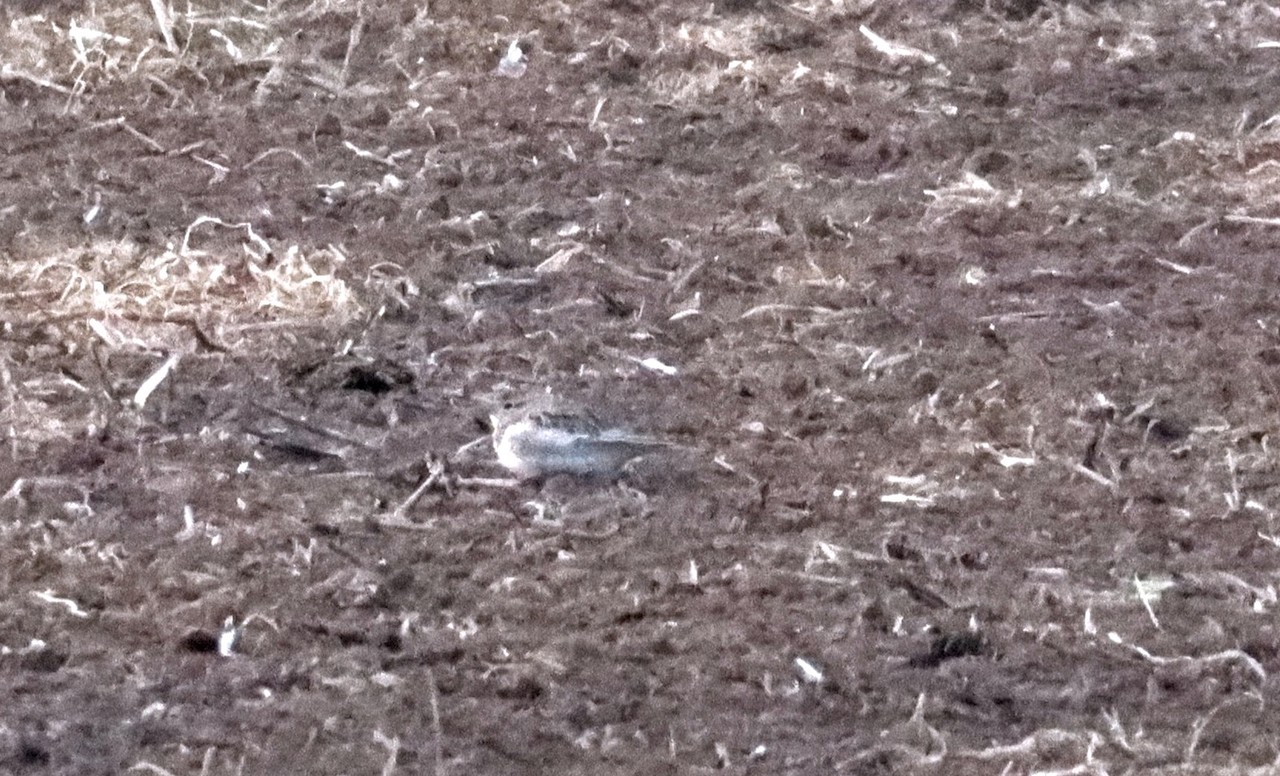
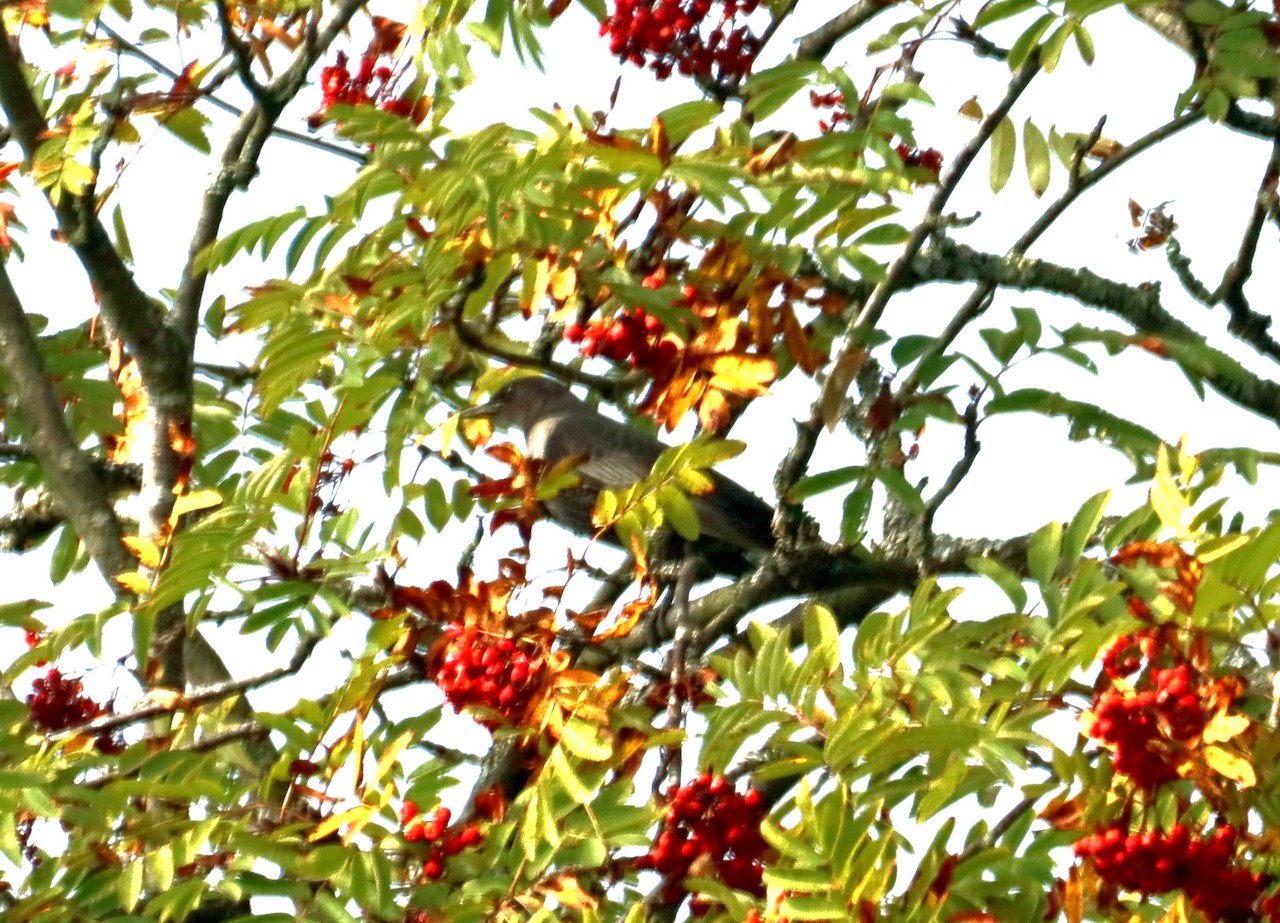
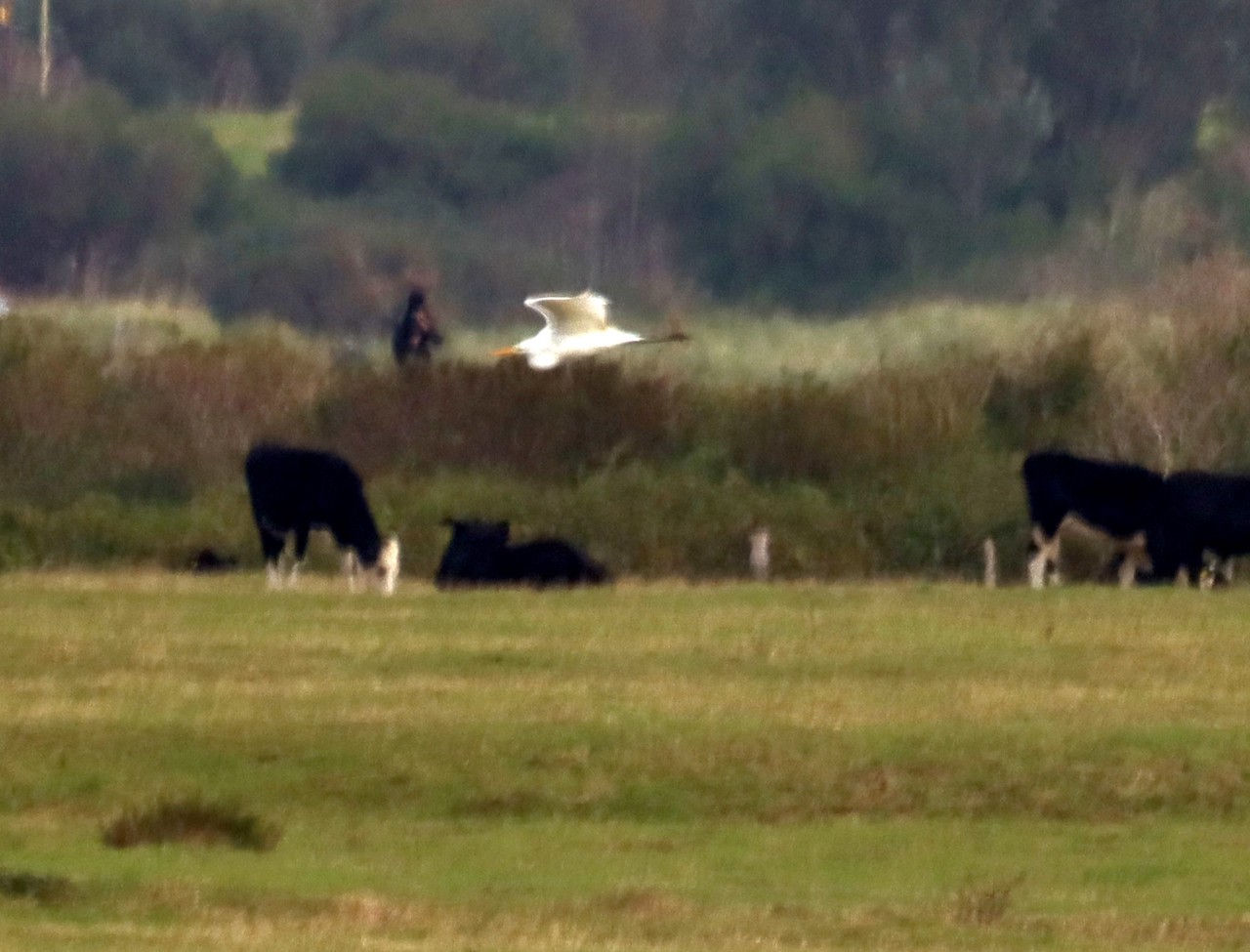
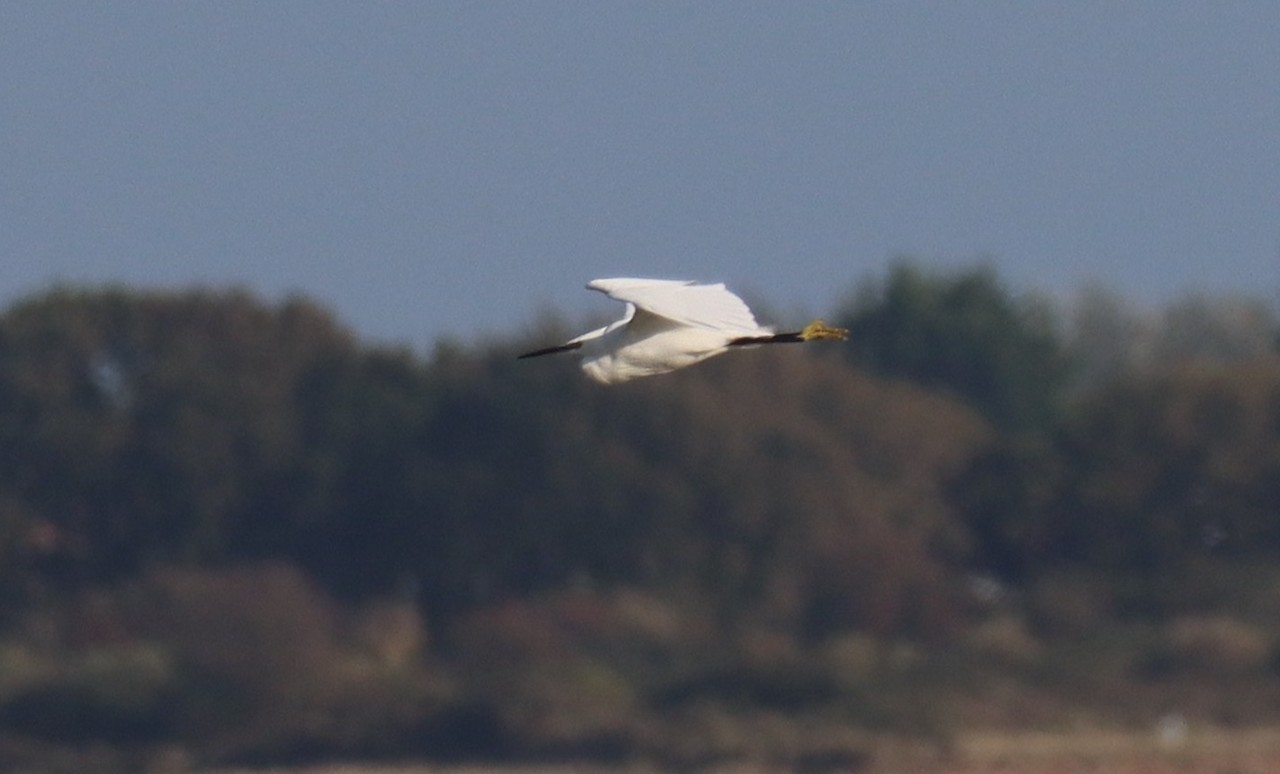
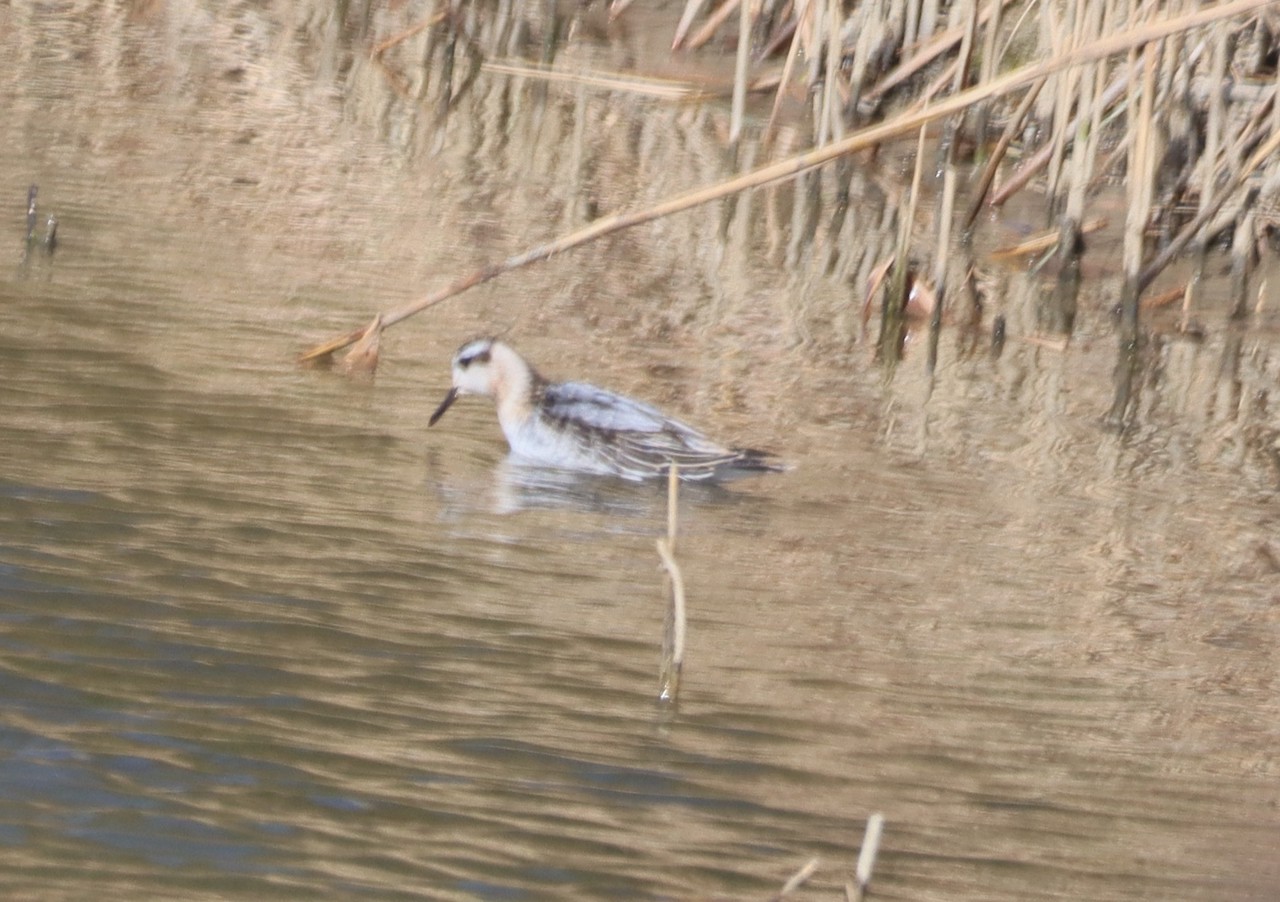
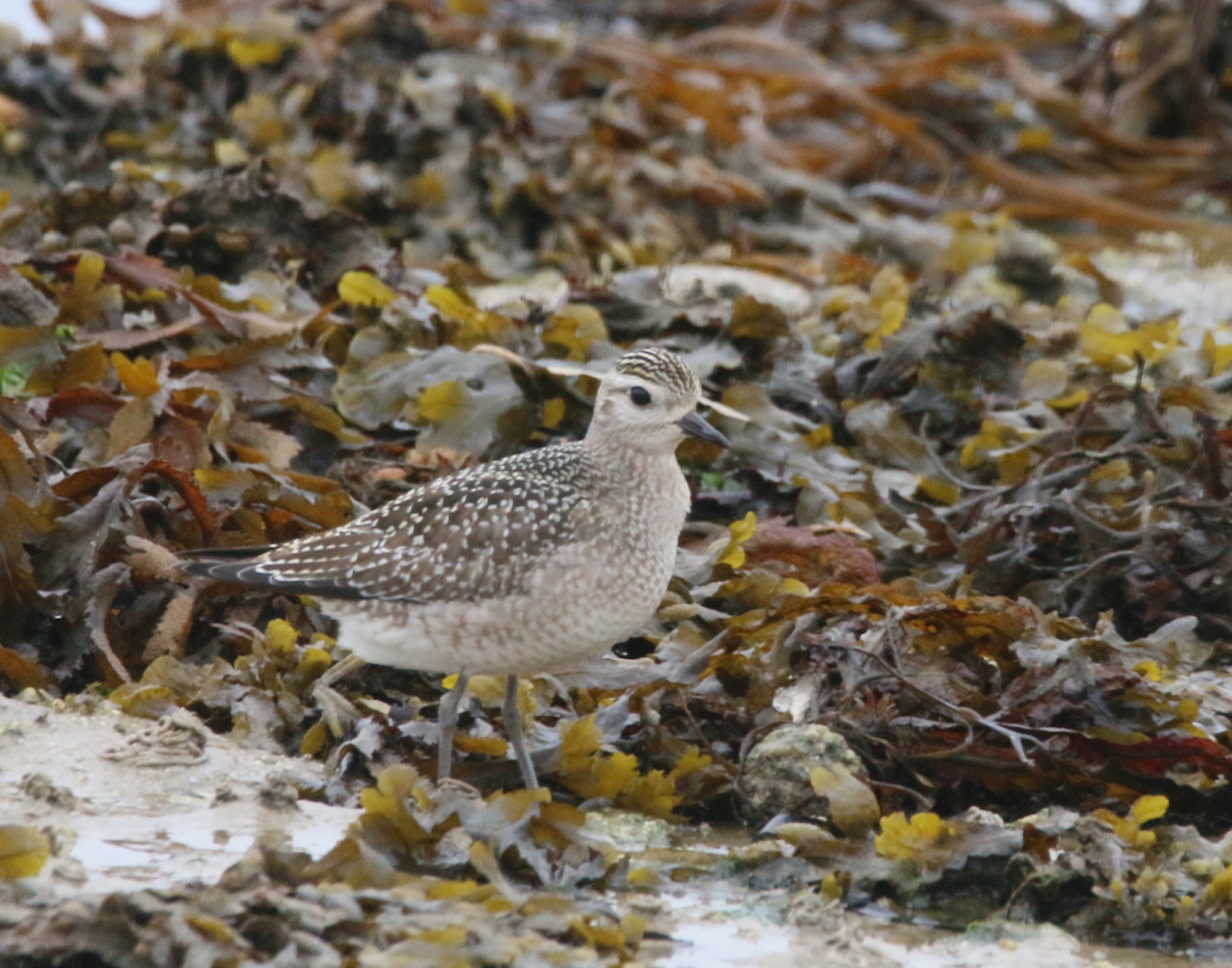
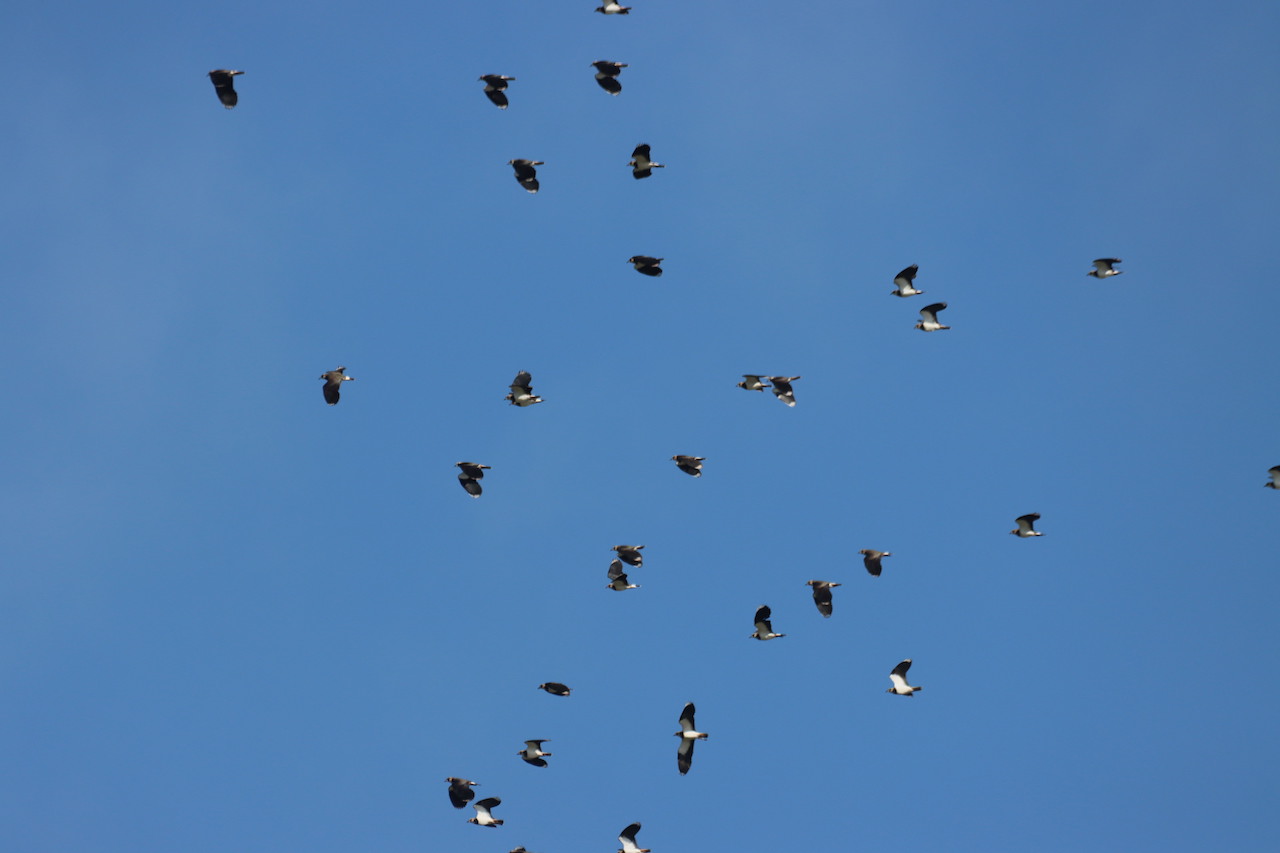

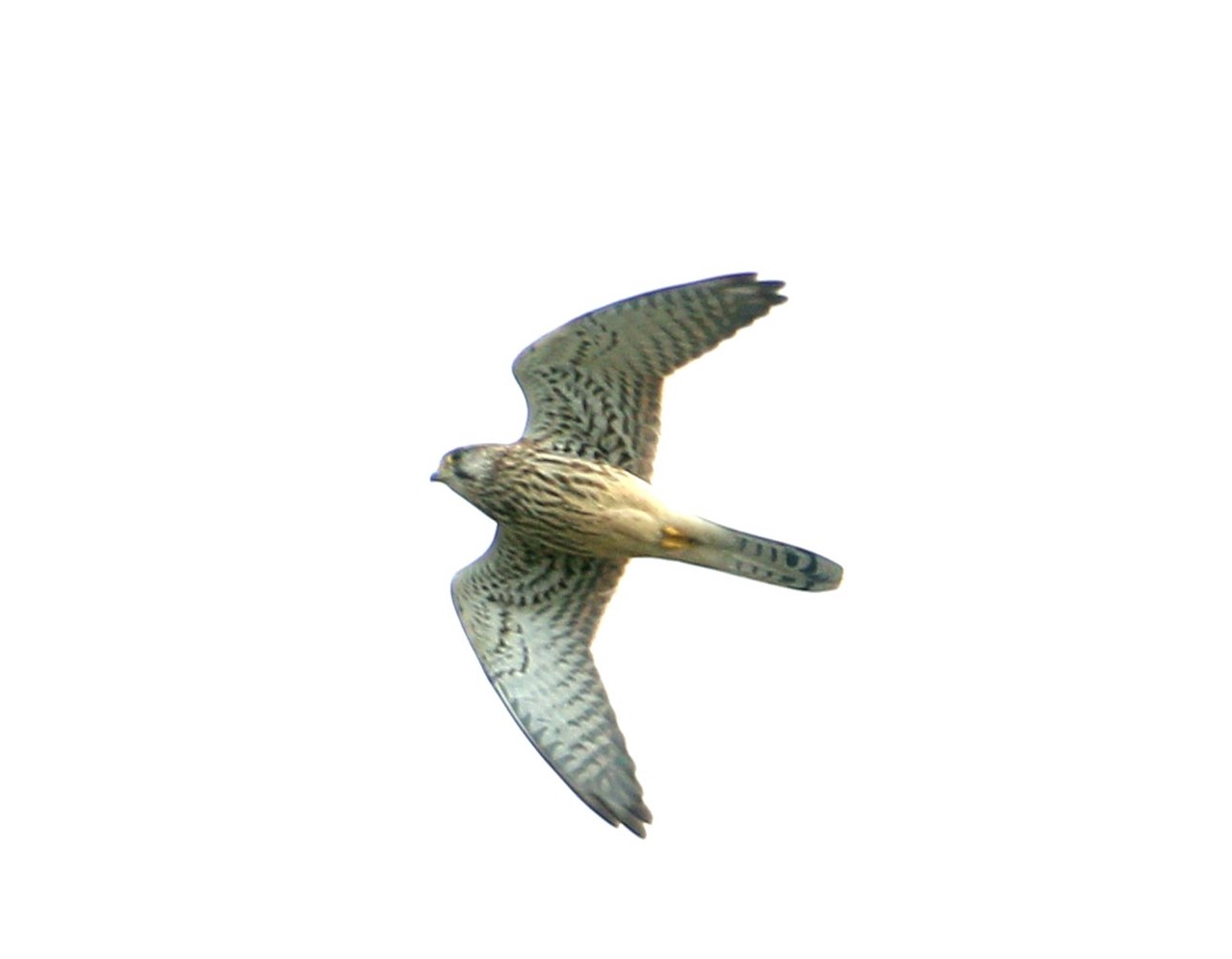
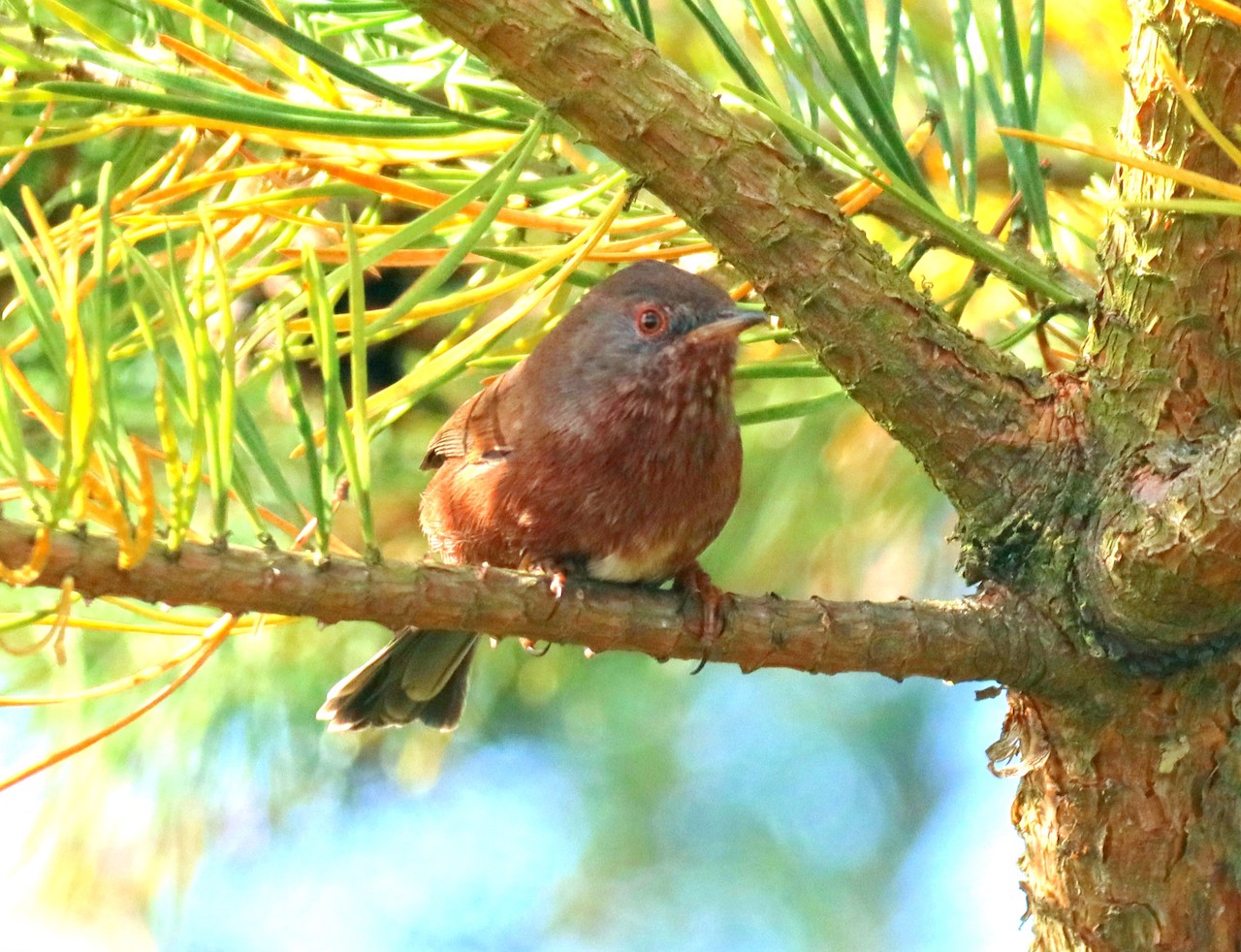
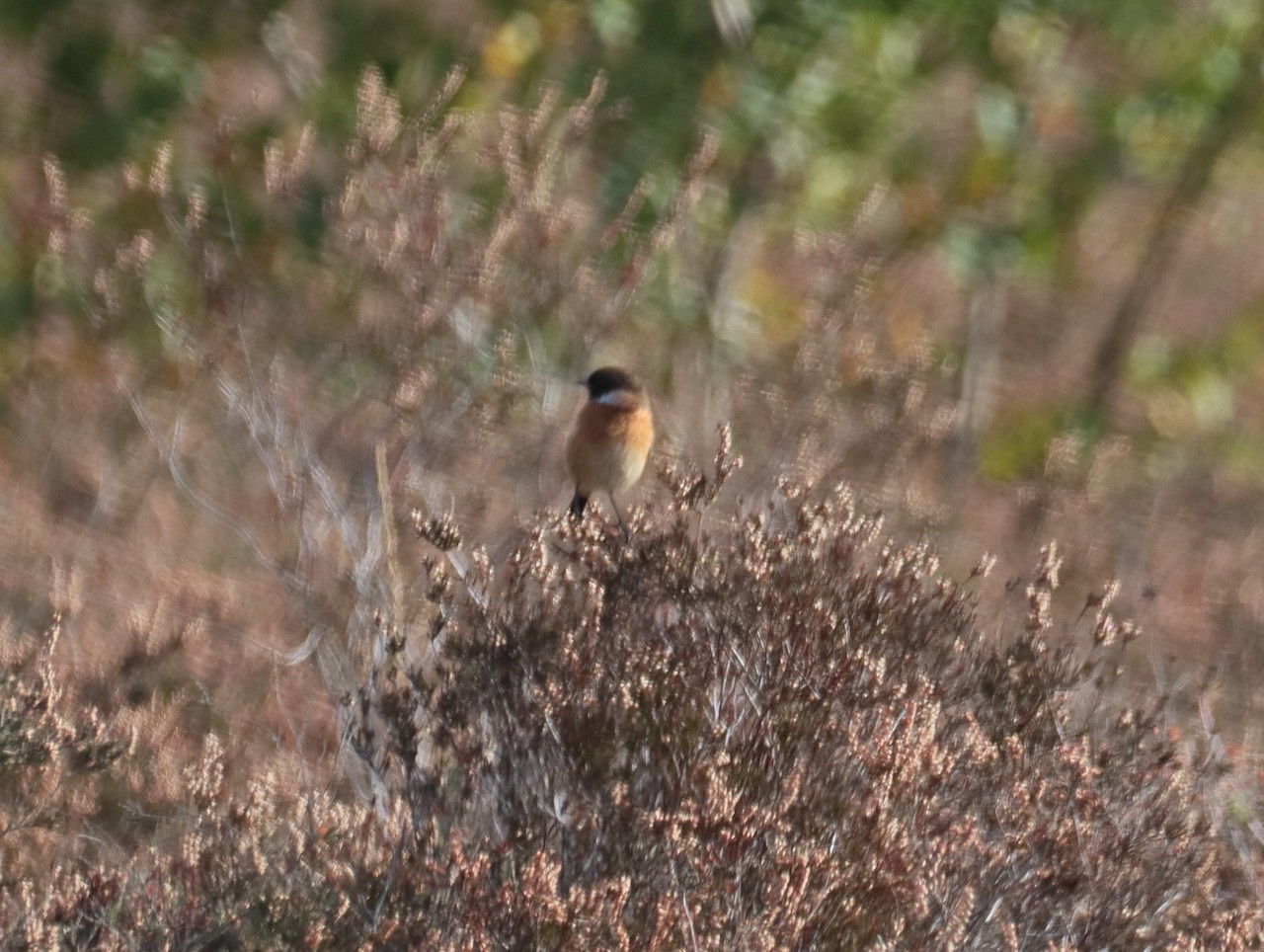



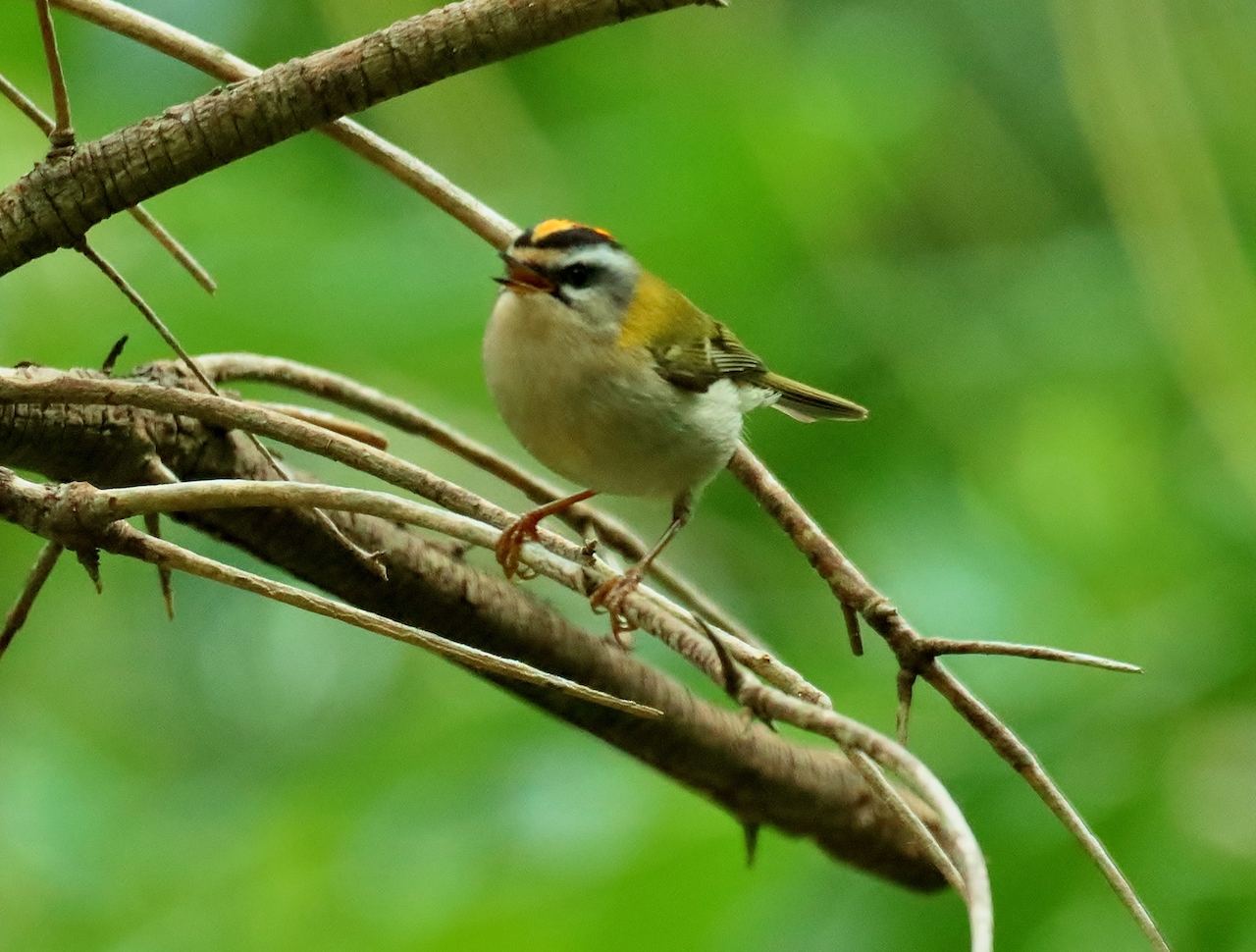

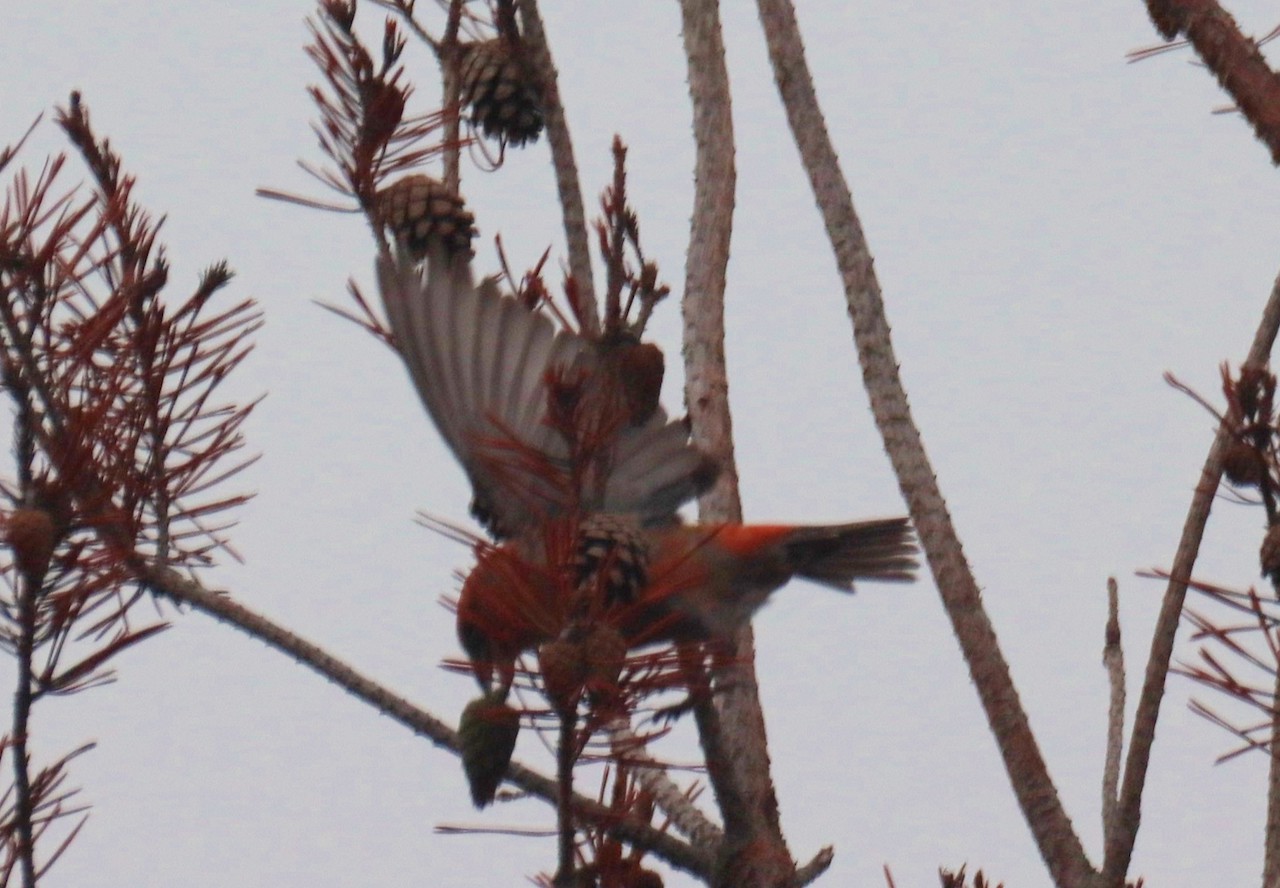
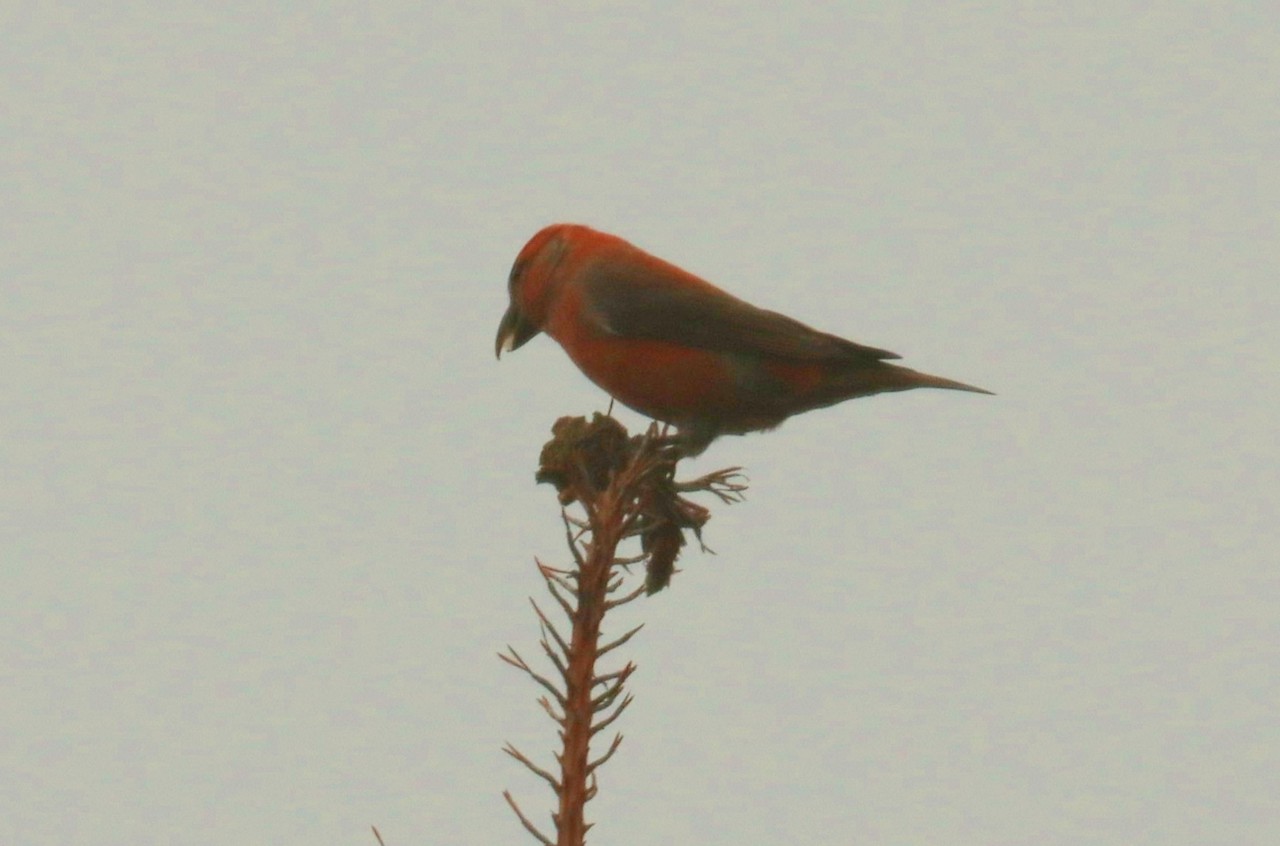
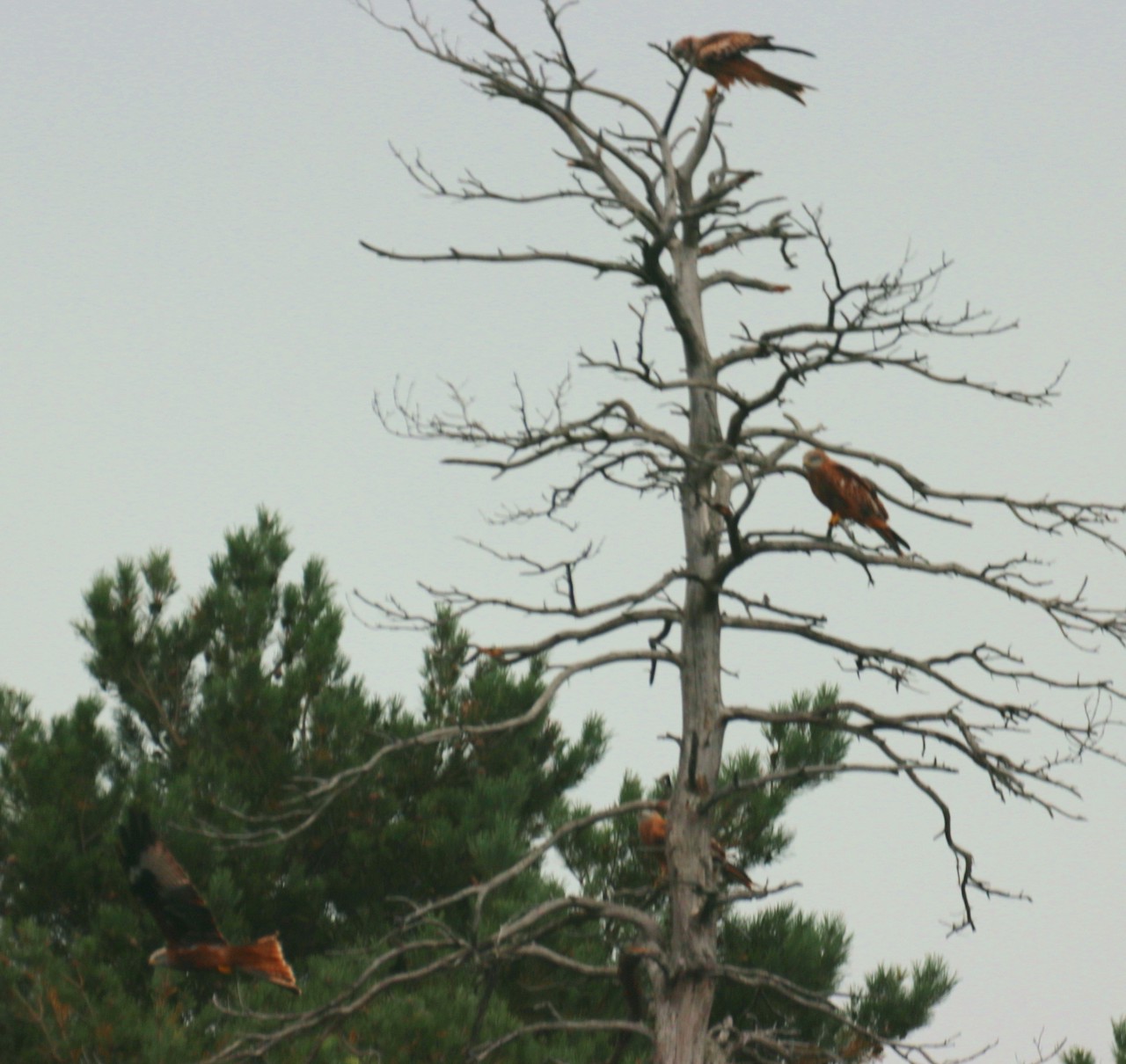
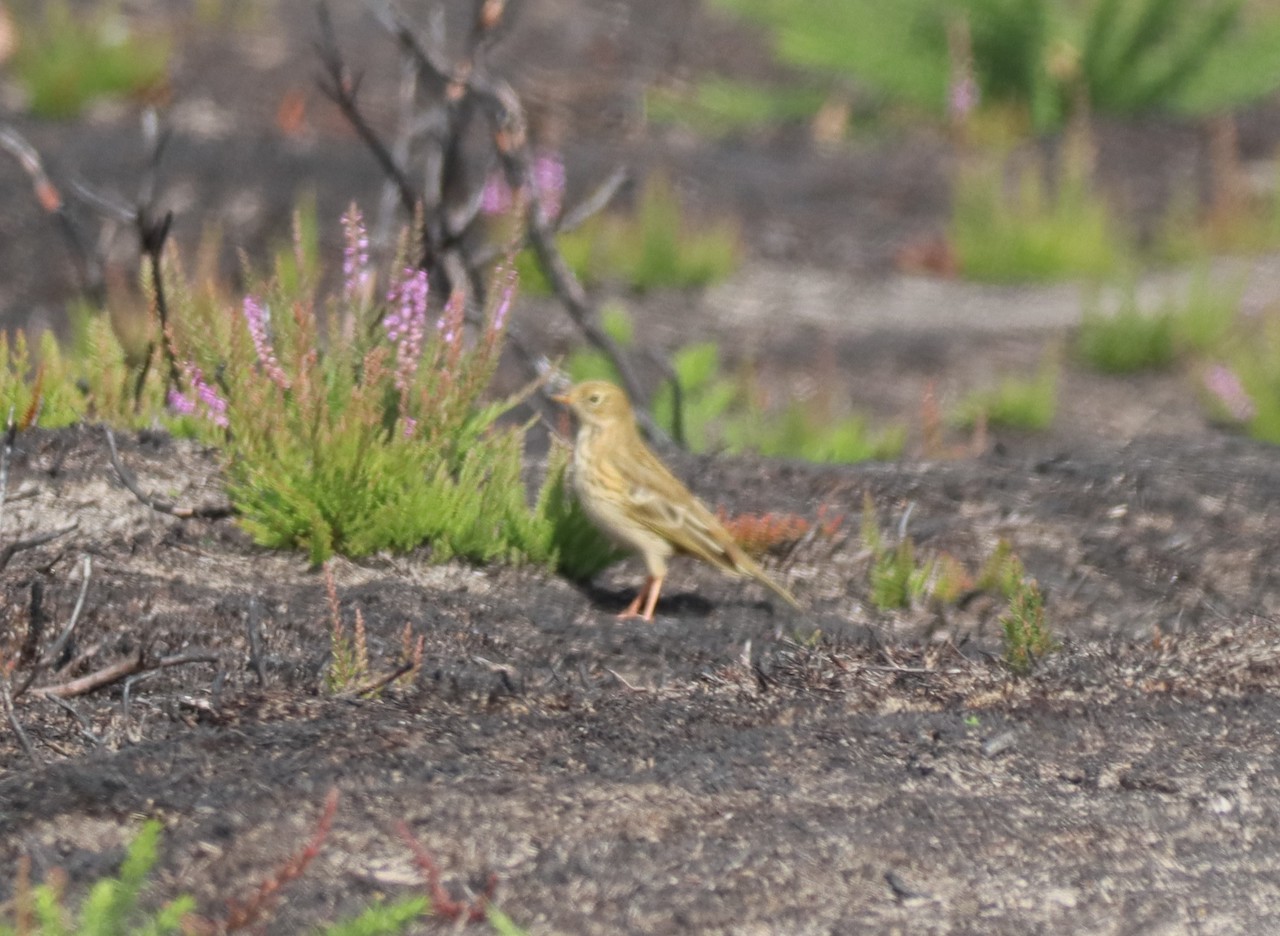
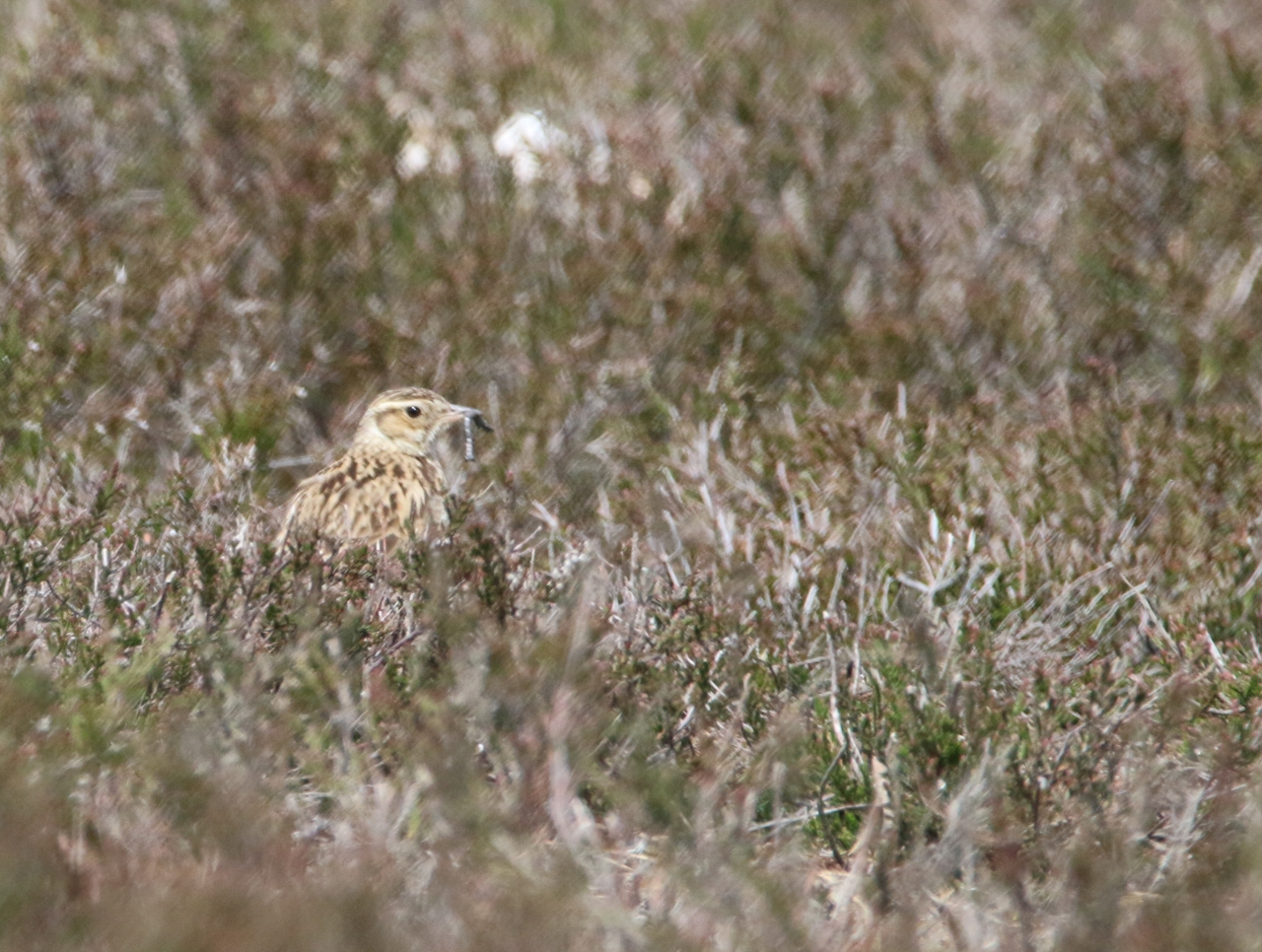
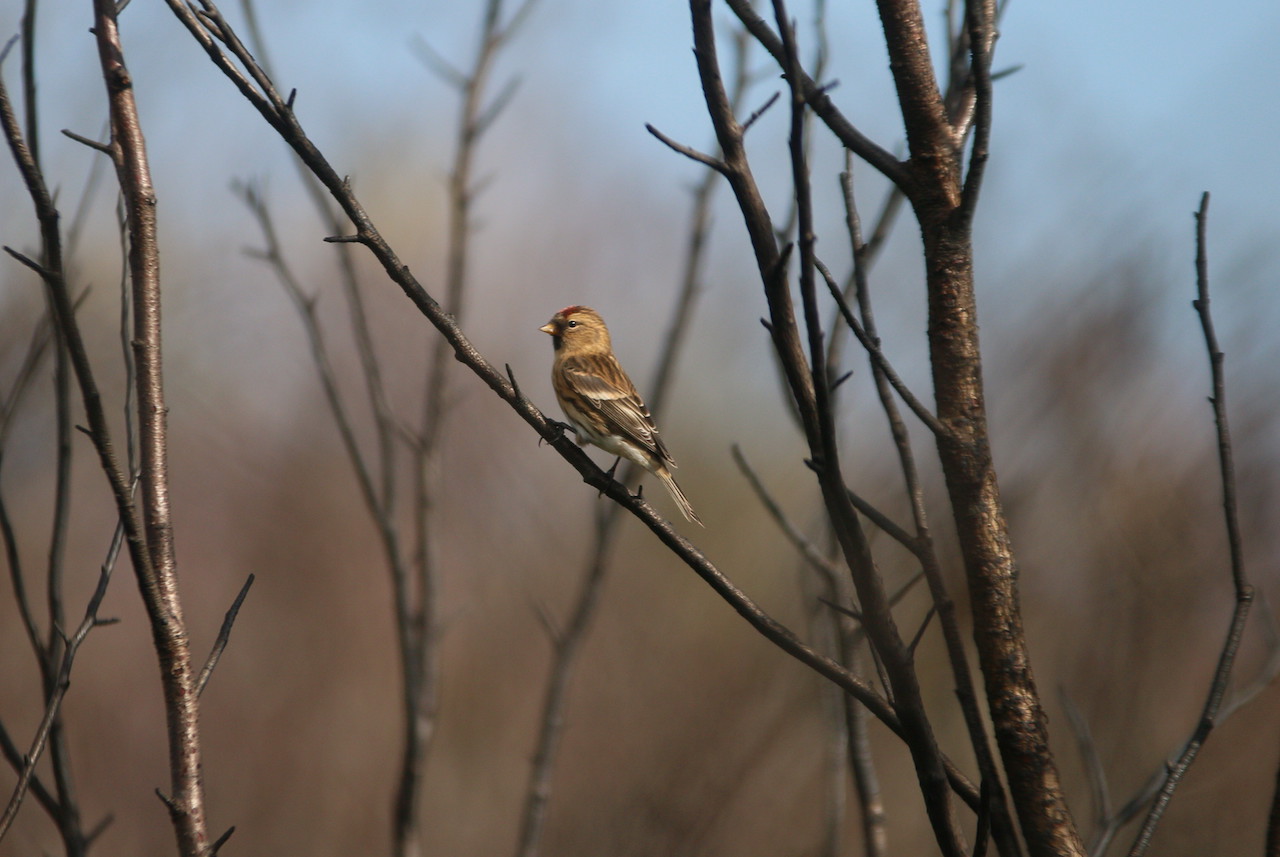
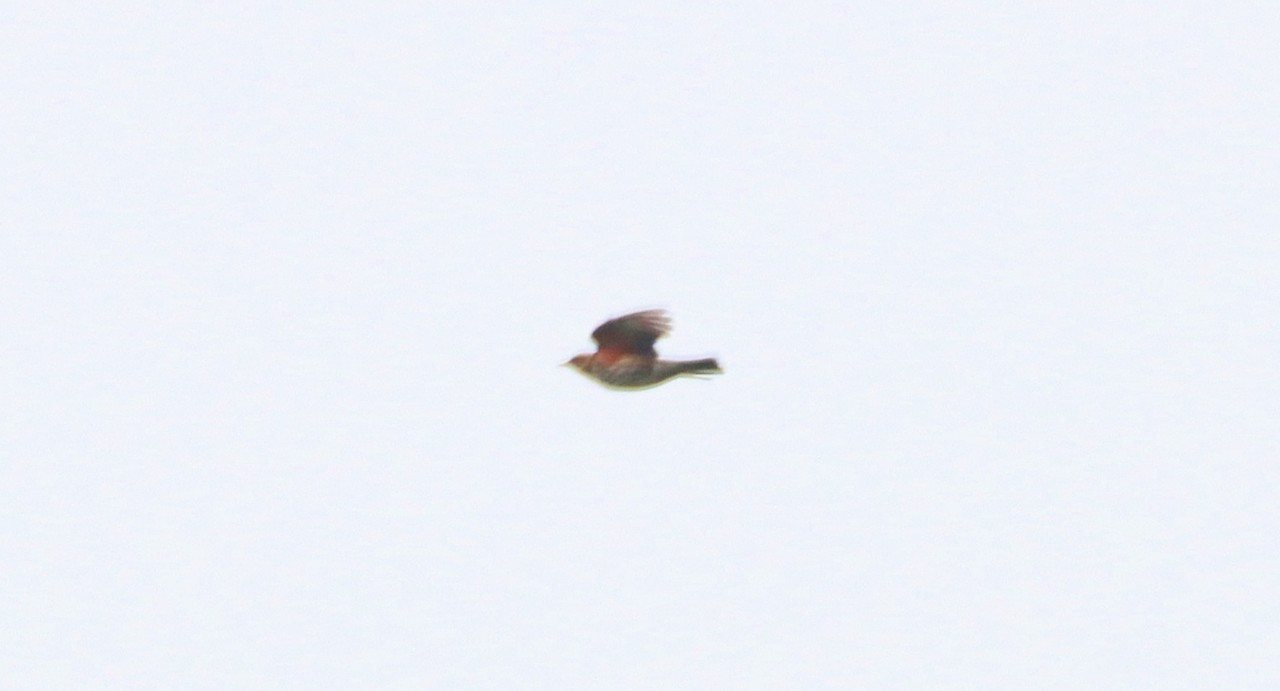
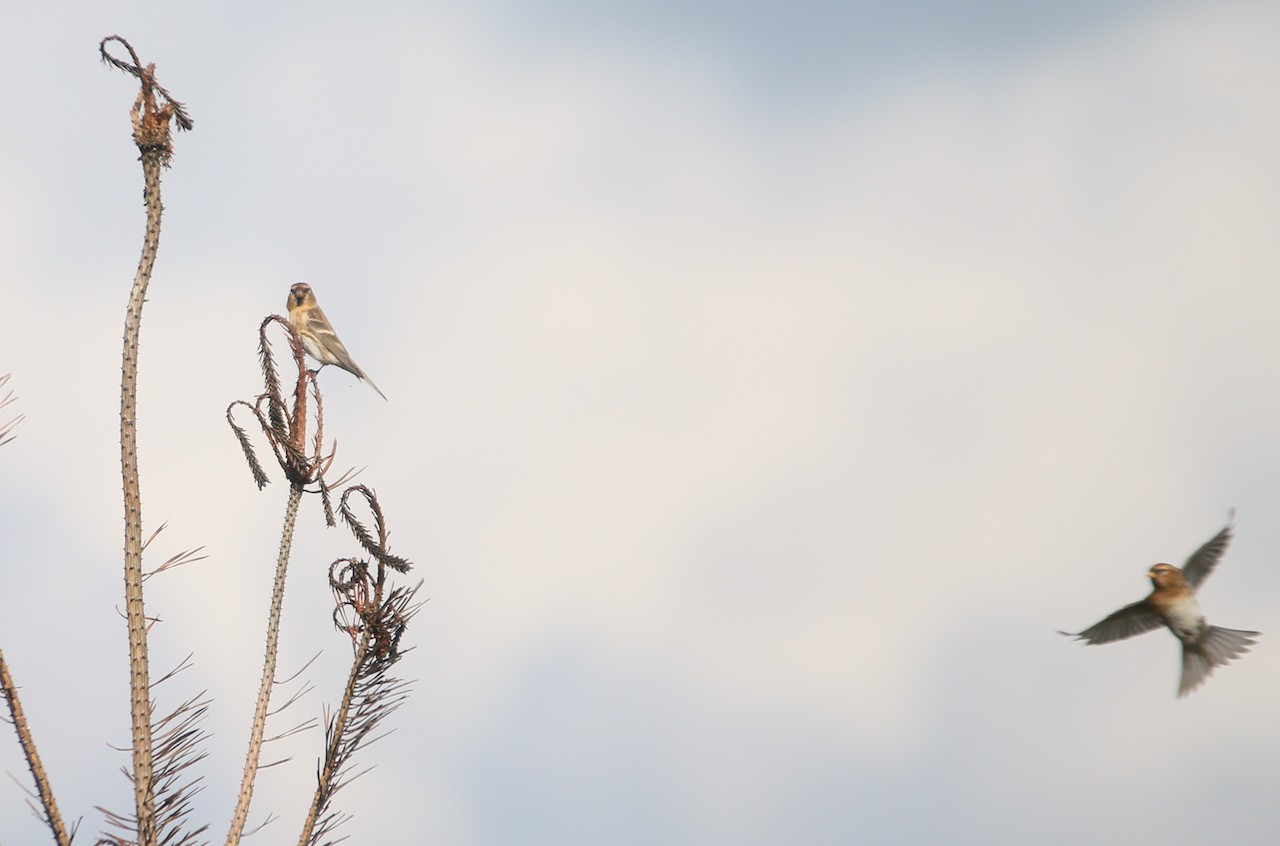
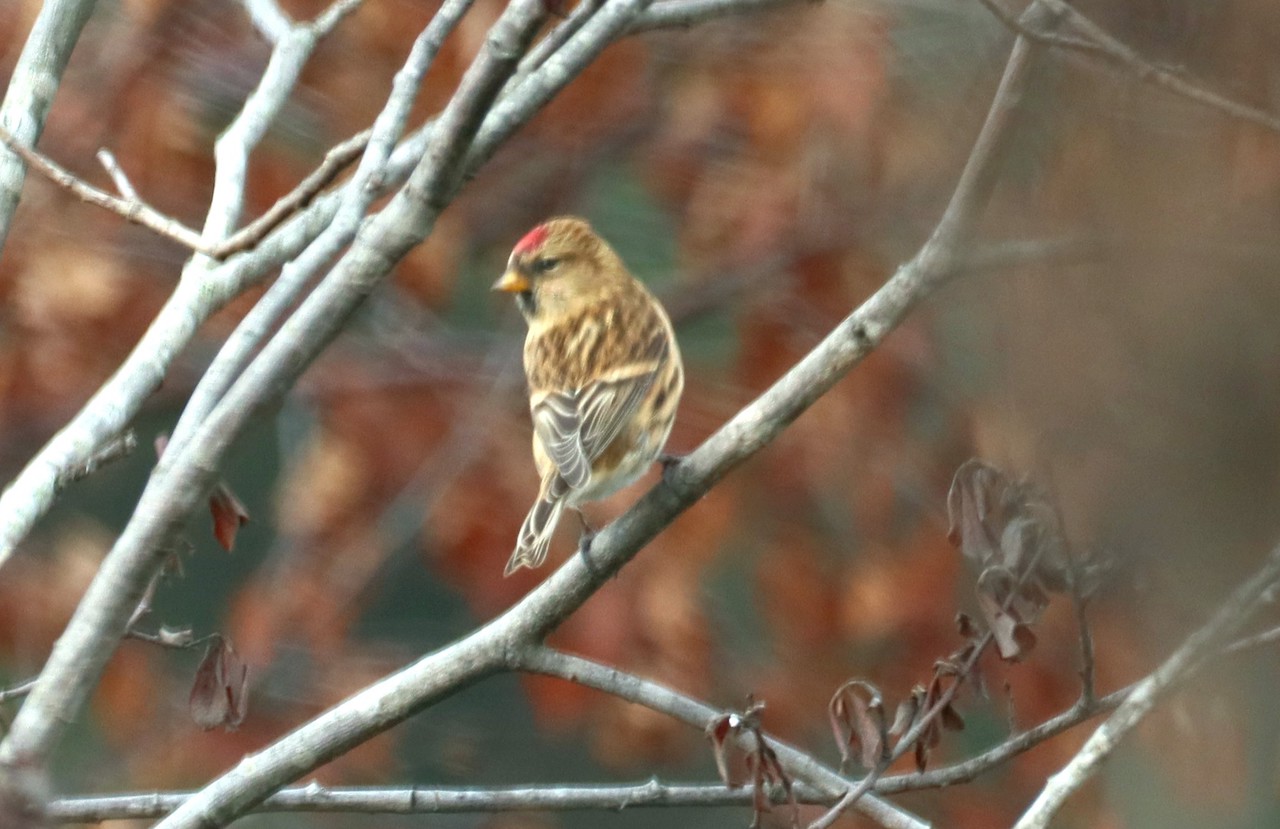
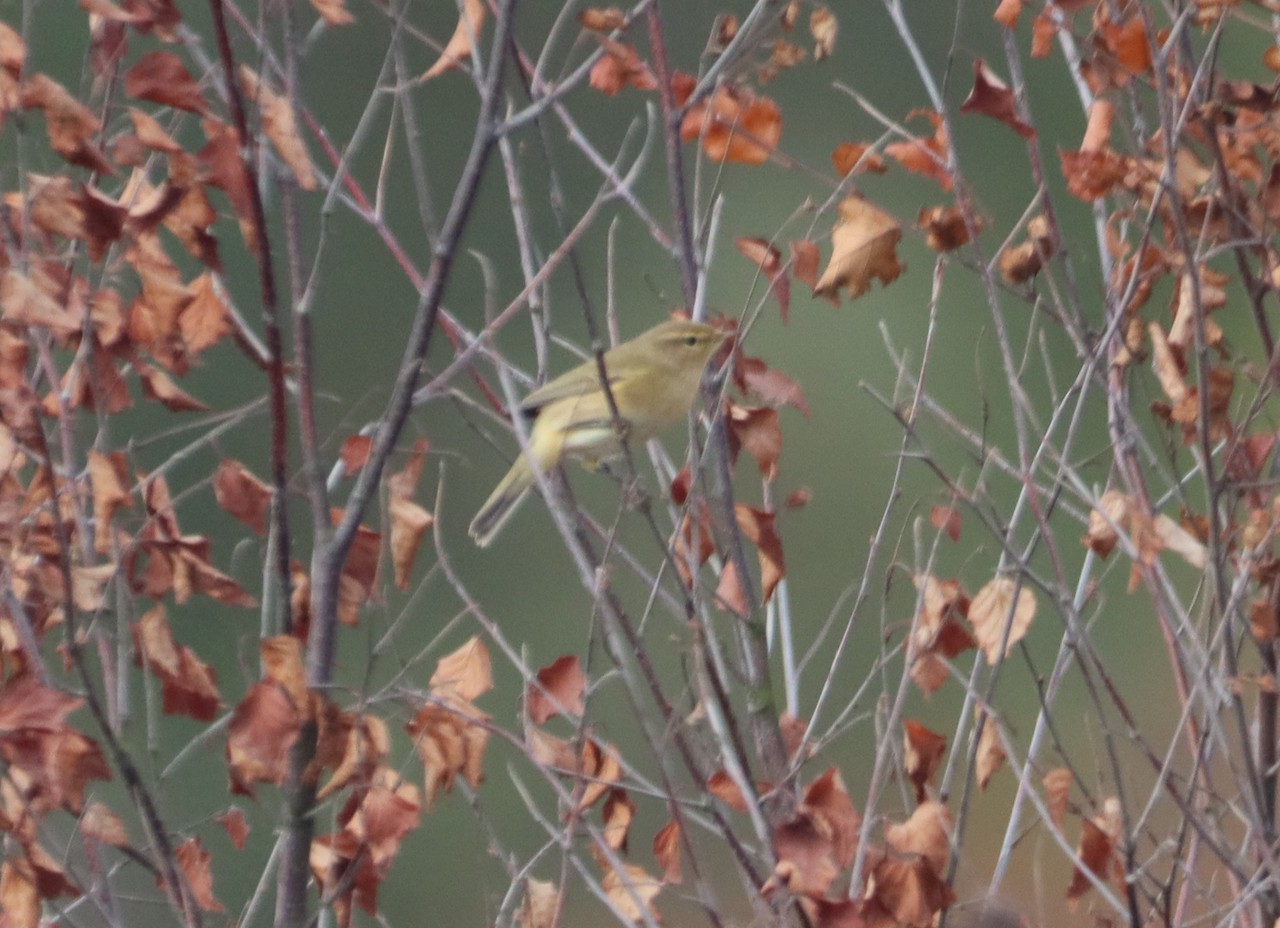







John Andrews
October 13, 2020 at 9:20 am
I just want to say thank you to Malcolm Fincham for another wonderful article. I’ve been involved with the management of Guildford Borough sites for a few years now and your articles really offer an insight into some of the species using them. The quality of the information and photos is top class.
Thank you.
Sue Fox
October 13, 2020 at 12:37 pm
We had 12 magpies sitting on the top of two fir trees at the back of our garden about 250ft from the backdoor, roughly 320 ft from Worplesdon Road this morning. Is this unusual?
There are generally only two noisy ones, but that’s magpies.
Malcolm Fincham
October 24, 2020 at 9:30 pm
Thank you once again for your comments.
In my response to Lisa and her question about the magpies: In my experience, it is certainly not uncommon especially at this time of the year to see so many magpies together.
Like other corvids, they do enjoy their own company. I have often seen 20 or more going to roost together in sallows by the boardwalk at the Riverside Nature Reserve, near Burpham.
Also, thank you to John Andrews for comment on my reports too. It’s pleasing to know I’m attracting such a wide range of audience. Hope I continue to do so.